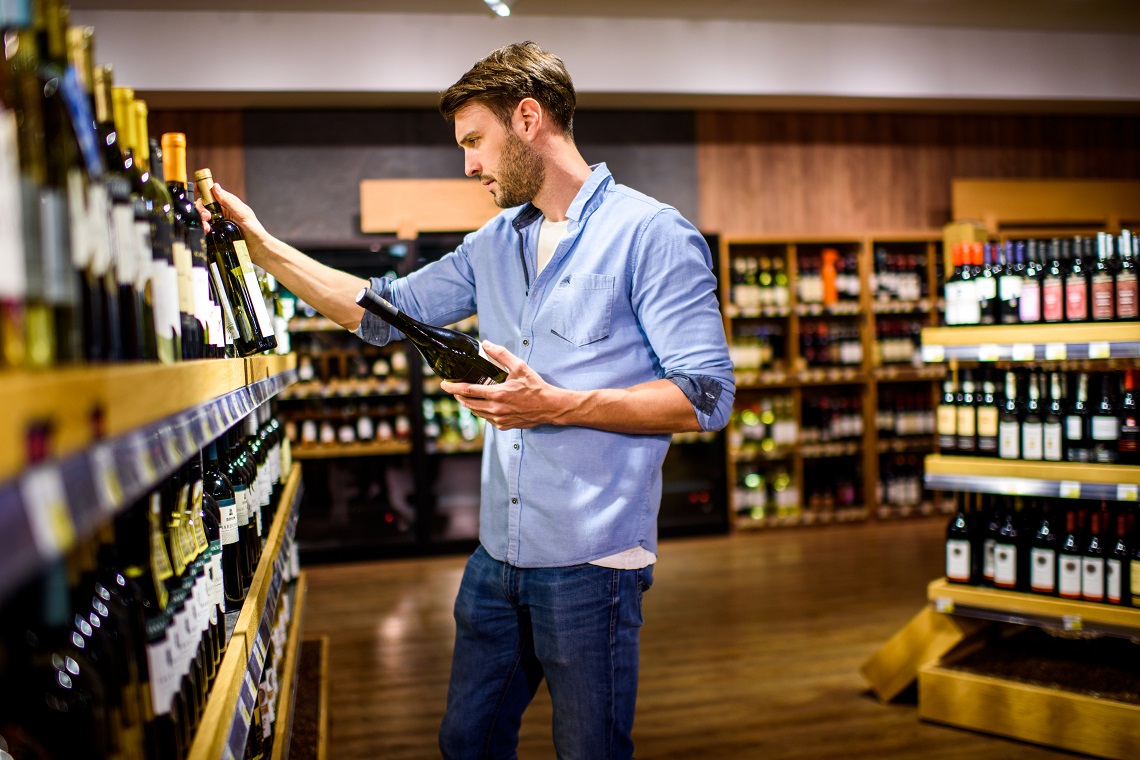Category brand hierarchy has been turned on its head in early 2020, writes Stephen Wilson, Category & Insights Manager at Strikeforce.
Shoppers in all channels have in many cases needed to compromise and purchase unfamiliar brands to substitute their usual brand purchase through necessity rather than by choice.
This has provided an unexpected bonanza for smaller brands and a headache for larger more established brands.
A disrupted market has seen ‘lesser known’ brands take a bigger slice of the pie purely through being available on-shelf when other brands were not or through maintaining an efficient end to end supply chain solution.
The usual ‘norm’ of in-store support activity reflected the challenge faced by brands particularly during the panic buying phase of the pandemic.
Activity shifted away from pre-sell, compliance checks, securing over and above displays and bin building to getting product from busy loading docks through the store and onto the shelf for purchase.
During the peak and immediate aftermath of the panic buying period more than half of all scheduled in-store activity was cancelled with the focus solely on shelf maintenance, brands protecting their space and filling any gaps.
To further underline the challenge for brands as we emerge from lockdown there has been a well-documented shift to value brands with higher priced brands previously purchased for their unique attributes being cast aside as shoppers seek safety in trusted affordable brands as discretionary spend dries up.
The disruption for the off-premise trade was not as pronounced as the grocery channel however the challenge still exists for brands to win back lapsed buyers and increase brand presence at point of purchase.
Strikeforce field data indicates that the peak for activity disruption has passed, assuming there is not a second wave of infection, starting to return to a pre COVID-19 shape.
There will be a lag before shelf and fridge space allocated to familiar brands returns to normal with craft brands occupying space currently having a lower sales velocity than major brands.
The challenge for retailers and suppliers will be to develop strategies to generate sales of these ‘lesser known’ brands to free up space and apportion this space to higher velocity brands over time.
We predict a necessary increase in promotional activity as brands manoeuvre to secure their share of shopper spend as we move into the second half of 2020.
Display activity, on-shelf ticketing, over and above display activity and distribution drives will spearhead efforts to stimulate purchase.
In-store location will be critical to the success or otherwise of these campaigns with convenience purchases needing to be highly visible and easily accessible to shoppers as opposed to premium offerings that take more time and consideration before reaching the purchase decision.
Brands that have a well-planned and executed strategy will win share of shopper’s hearts and wallets.
This article originally appeared in the June edition of National Liquor News, which can be read in full online here.

